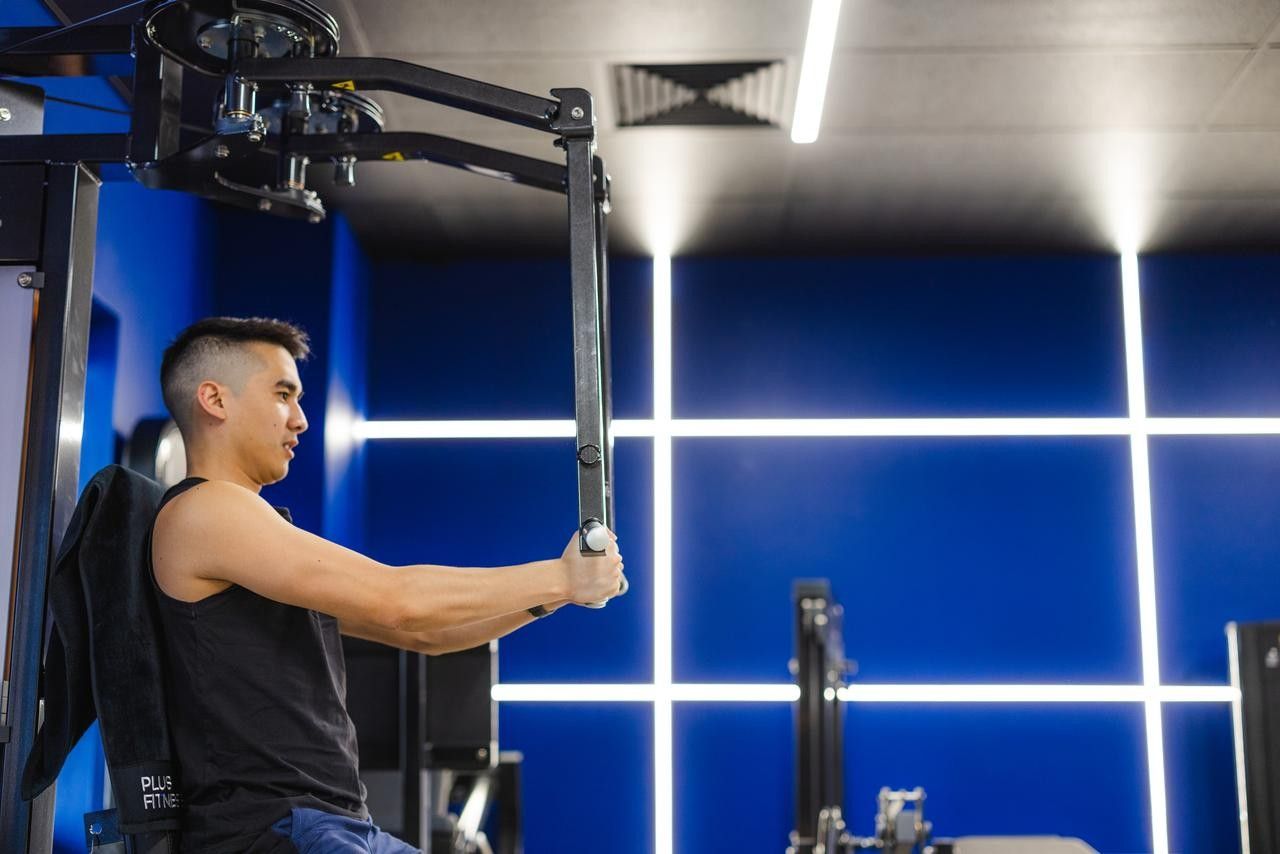Training Around Injuries!
- Share on

Should you keep training with injuries?
Train around, not through is now the suggested method!
Assess/evaluate the injury-
Evaluate and reflect first. Have your injury assessed by a primary health care provider-chiro/physio/etc to know what exactly is wrong and what steps need to be taken to improve the injury and overcome it faster and if it’s safe to train. All injuries are different. Be sure to know how and why you got injured, inadequate rest? Poor form? Poor nutrition? Too much volume? Learn from your injury. If you are injured, make an educated decision on what to do, how severe is the injury, don’t self -diagnose. Make sure you communicate these things with your personal trainer. Communication is key to continue training within your limits with your personal trainer, practitioner and yourself.
Be Sensible
Be sure not to do any further damage, if you are eliciting pain in the trouble area then its quite possible you’re doing more damage. If it hurts a lot, eg you cannot lift or move it, then you probably shouldn’t be training. Priority would be focusing on recovery. If you have chosen to stay in the gym, work around the injury.
Focus on Recovery
Use time at home and the gym for recovery and rehab exercises, this doesn’t mean sitting still, it could be foam roller, stretching or icing the injury. It could mean visiting your chiropractor, massage therapist or yoga instructor. Listening to your body is being nice. Don’t think you’ll be able to do the same stuff as before being injured. It’ll take time, but if you work on it you will come back stronger and better.
Don’t create other injuries
Take time to warm up, you decrease the risk of injury when you gradually raise the temperature of the muscle by warming up. When considering training around injuries vary the exercise. Isolation and machines are more likely to be less provocative and less risky than free weights and compound exercises, think leg extension Vs squats, vary rep ranges, light weight might be more tolerable then heavier. Change intensity techniques, restrict range of motion, tempo- stick to controlled speeds and avoid plyometric movements.
In relation to cardio and injuries, it is likely low impact options such as exercise bike and the elliptical machine will be tolerable whereas movements like burpees and jump squats will be problematic.
Be careful not to cause other injuries or imbalances in your training. If your left shoulder hurts and you spend 3 months only working your right arm and shoulder, you are setting yourself up for future problems. It is not just your arms, but your back, hips and legs that will be affected by this constant unbalanced unilateral movement. You are better focusing on your lower body and core. Contact your personal trainer to help you choose the appropriate exercises.
Be patient but stay positive
Injury's will have different recovery periods depending on the severity of the injury, the goal during the period should be feeding the recovery process and correcting weaknesses. Definitely use this as a chance to work on the smaller/weaker muscles. If you rush back you can reinjure yourself and be out from training even longer.
Injuries can be frustrating, but research suggests that maintaining a positive attitude when injured or rehabbing can help speed up the recovery. So instead of looking at your injury as bad luck, think of it as an opportunity to work on and approve a weaker body part while the injured parts heal. You can still make progress, even If injured. STAY POSITIVE!
- Share on
Emma Cuthburt
YOU MIGHT BE INTERESTED BY...
STAY INFORMED
Register for regular updates, blogs and Plus Fitness news


